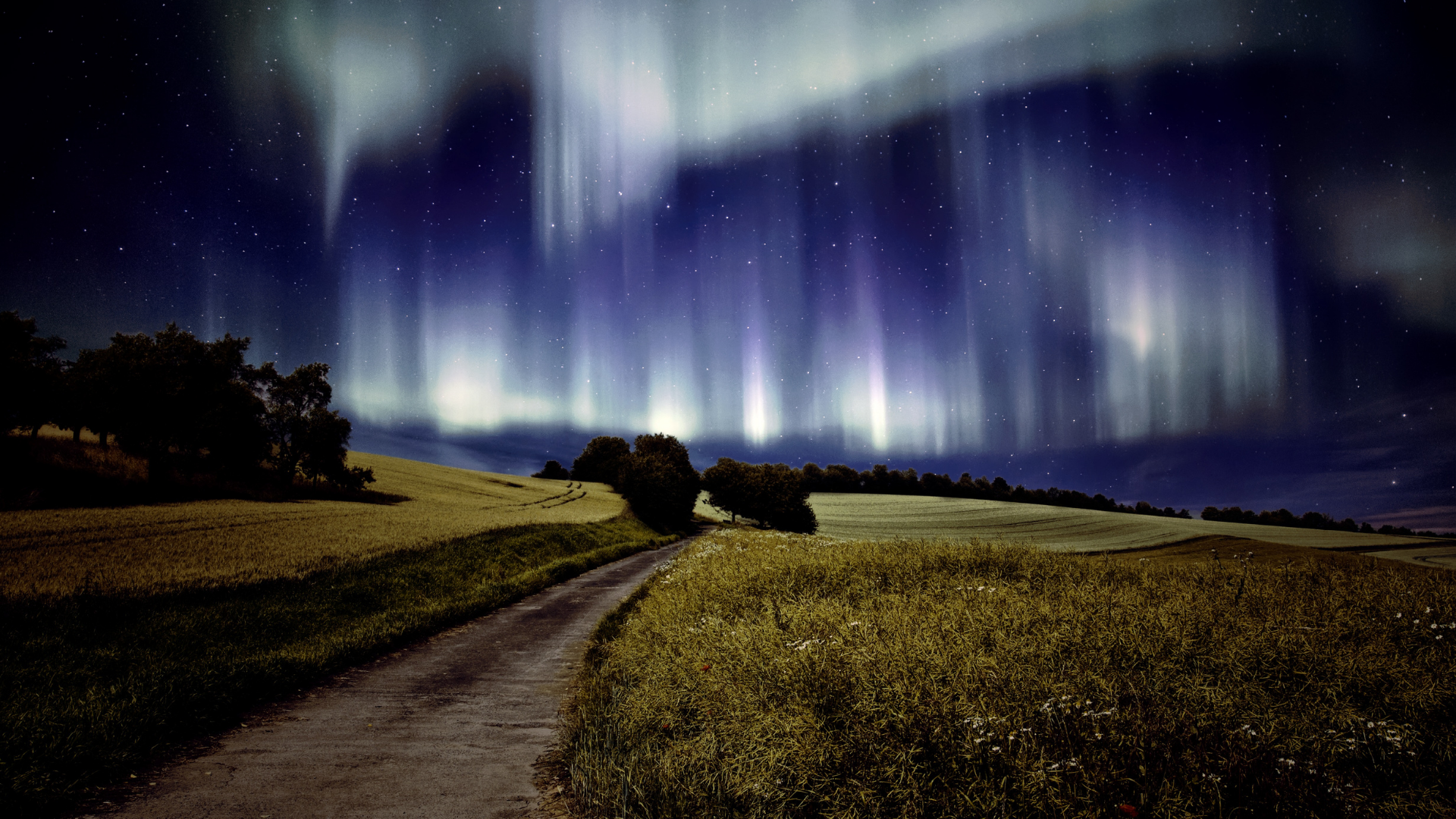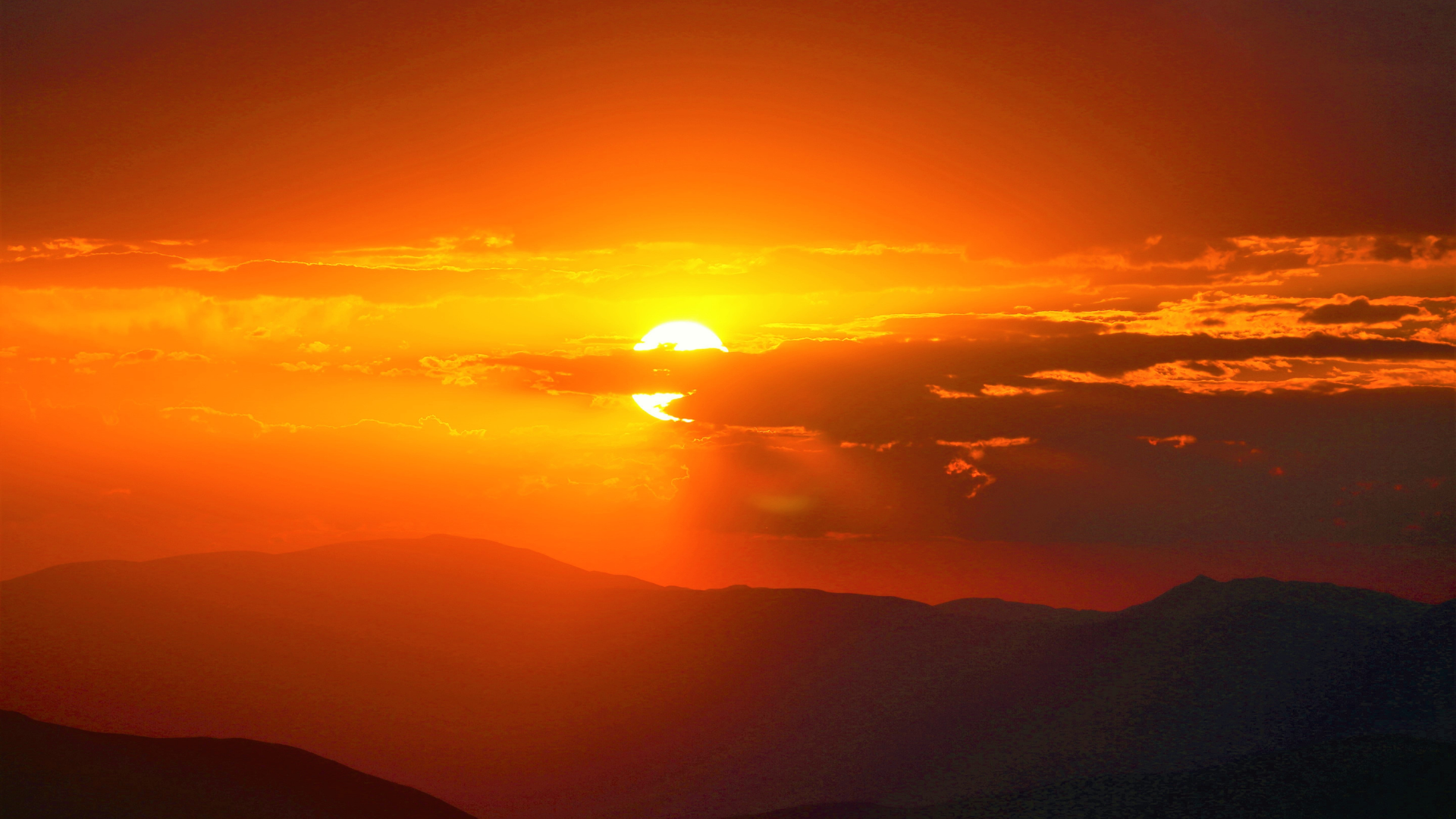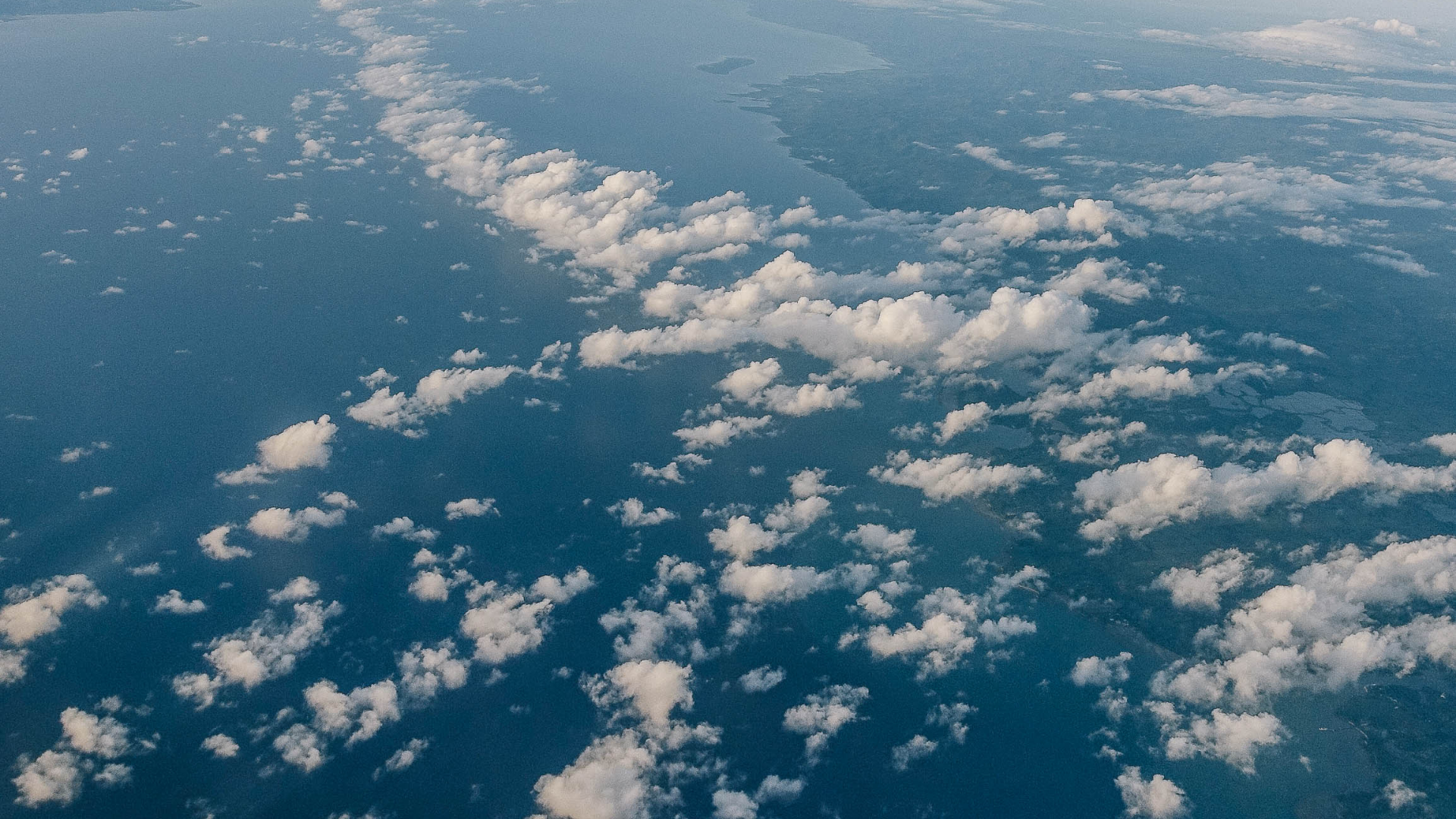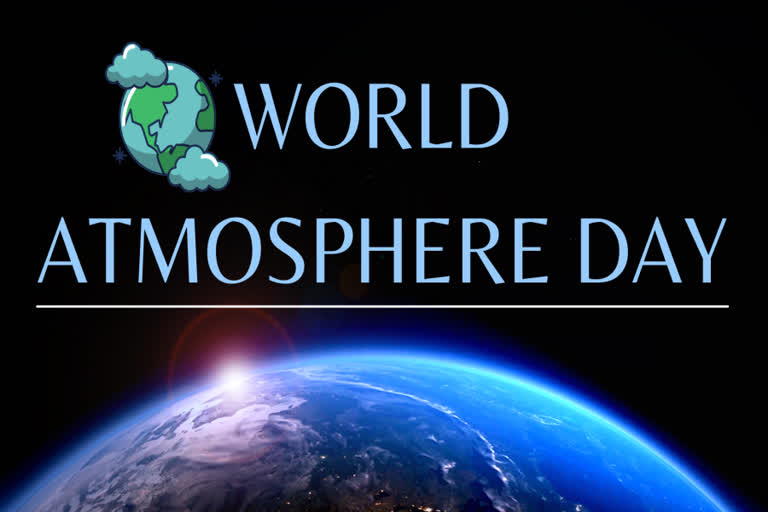Hyderabad: 10 April is celebrated as world atmosphere day. The atmosphere acts as a protective blanket around the planet keeping the surface safe from excessive heat, harmful radiations and most space debris that pass close by.
What is an Atmosphere: Atmosphere is a protective layer of gases that shelters all life on Earth, keeping temperatures within a relatively small range and blocking out harmful rays of sunlight.”
- An atmosphere is a blanket of gases that surrounds Earth. It is held near the surface of the planet by Earth’s gravitational attraction.
- Earth’s atmosphere is composed of about 78 percent nitrogen, 21 percent oxygen, 0.9 percent argon, and 0.1 percent other gases. Trace amounts of carbon dioxide, methane, water vapour, and neon are some of the other gases that make up the remaining 0.1 percent.
- Earth’s atmosphere stretches from the surface of the planet up to as far as 10,000 kilometres (6,214 miles) above.

Greenhouse gases and their effects: By trapping the earth’s heat in the atmosphere, greenhouse gases lead to warmer temperatures and all the hallmarks of climate change: rising sea levels, more extreme weather, heat-related deaths, and increasing transmission of infectious diseases like Lym

The atmosphere is divided into five different layers, based on temperature.
| Summary of Layers of Atmosphere | |||
| Region | Altitude Range (km) | Temperature Range(0oC) | Important Characteristics |
| Troposphere | 0-11 | 15 to -56 | Weather occurs here |
| Stratosphere | 11-50 | -56 to -2 | The ozone layer is present here |
| Mesosphere | 50-85 | -2 to -92 | Meteors burn in this layer |
| Thermosphere | 85-800 | -92 to 1200 | Aurora’s occur here |

How Atmosphere protects Earth
- The atmosphere supports life and is also needed for the water cycle and weather. The gases of the atmosphere even allow us to hear.
- The ozone layer is a section of the Earth’s atmosphere that acts as a barrier between the Earth and UV radiation. The ozone layer protects the Earth from too much radiation by both absorbing and reflecting harmful UV rays.
- Meteorites can be dangerous depending on their size and the location of impact on the Earth. However, harm caused by meteorites is extremely rare. The atmosphere provides protection against meteorites. Most meteors are small and will burn up when they pass through the Earth’s atmosphere.

- The atmosphere protects the Earth from the vacuum. The gasses and pressure of the atmosphere allow living organisms to breathe. The atmosphere also prevents water from vaporizing into space. Without the atmosphere, there would be no life on Earth.
- The atmosphere moderates Earth's temperature. Weather takes place in the atmosphere.

What would happen if Earth lost Atmosphere
- Birds and planes would fall from the sky
- The sky would turn black. It's blue because of the atmosphere
- We cannot hear anything
- All the water bodies such as rivers, lakes and oceans would boil away. Boiling occurs when the vapour pressure of a liquid exceeds external pressure. In a vacuum, the water readily boils.
- Organisms that breathe air to survive would die.
Also Read: NASA’s Odyssey Orbiter Marks 20 Historic Years of Mapping Mars
(Inputs from IANS)



